.NET on AWS Blog
AWS Transform for .NET now supports chat about assessments and transformations
AWS Transform for .NET accelerates large-scale modernization of .NET projects, including porting .NET Framework to cross-platform .NET as well as .NET upgrades. Today we are releasing a new feature that allows you to gain insights about transformation jobs using chat from the web console.
This new chat capability lets you ask about repository assessments and transformation reports using natural language. These reports can be lengthy to digest, especially when working with many repositories. Direct answers to specific questions are now available through chat, helping streamline your interactions. In this post, we’ll walk you through how to query AWS Transform about assessments and transformation activity through chat. This feature is only available from the web console and not from the IDE.
Assessment queries
When you set up a .NET transformation job, AWS Transform first assesses the selected repositories. You can download the repository assessment report from the Collaboration tab in HTML or JSON format (Figure 1).
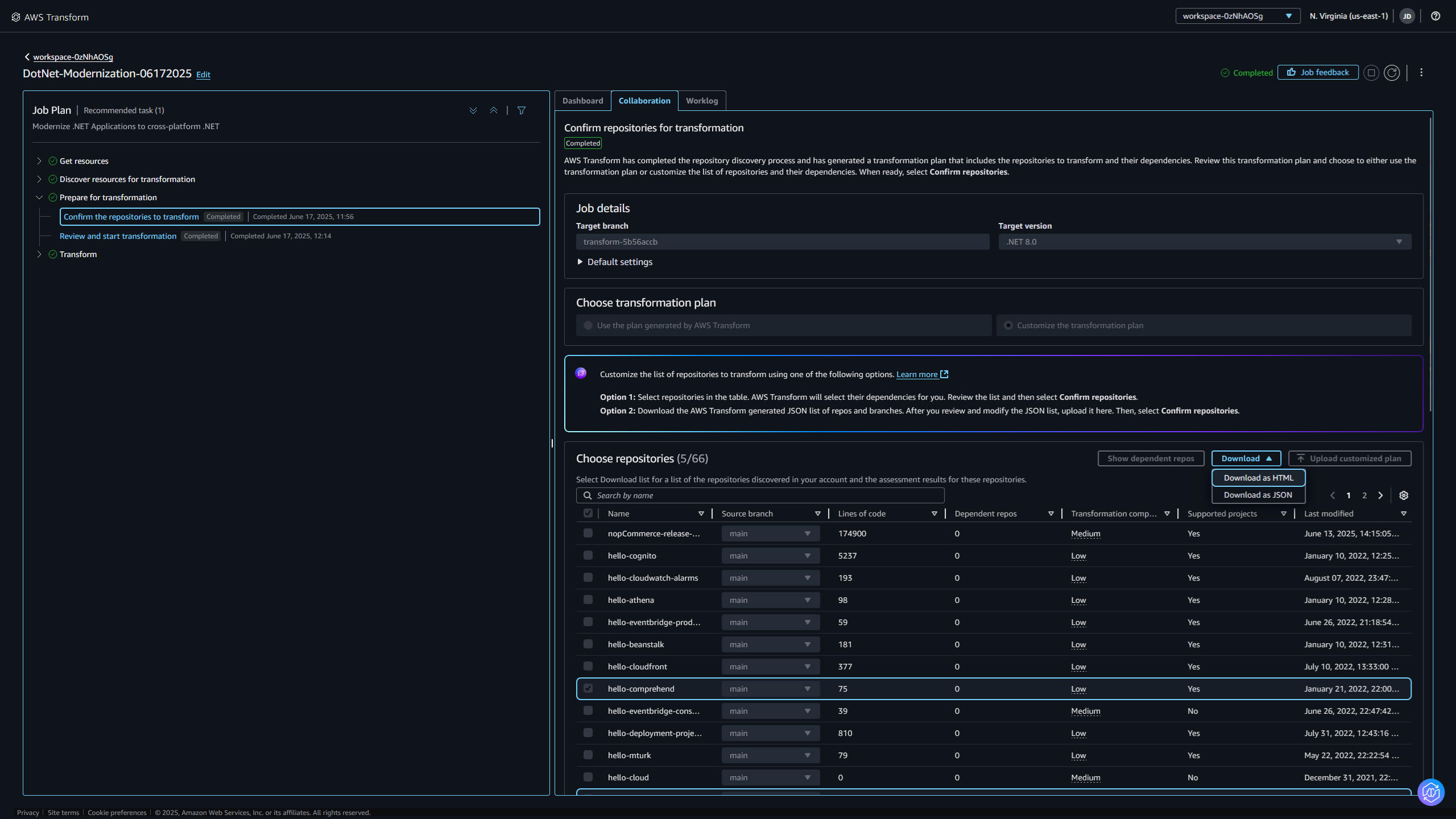
Figure 1: Review and start transformation
Figure 2 shows a sample assessment report. The report lists each repository along with repository owner, assessed branch, number of solutions, number of projects, total lines of code, detected .NET versions, detected project types, number of private and public NuGet dependencies, and transformation complexity.
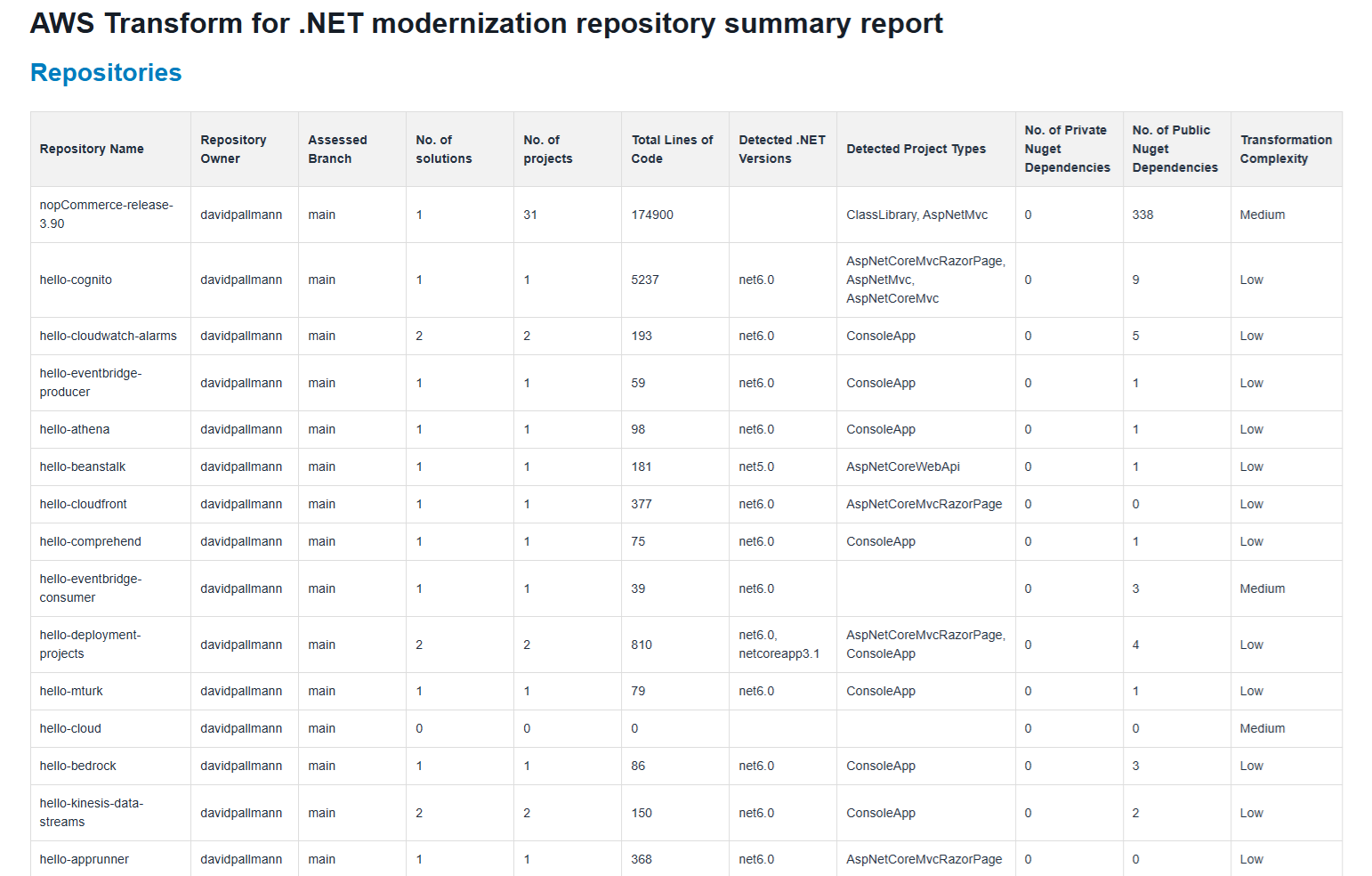
Figure 2: Repository assessment report (repositories.html)
Once the assessment report is available, you’ll see this message in the Worklog tab: Assessment report is now available in chat for queries. The web console chat interface is now aware of the assessment report, and you can ask questions about it. To do so, choose the purple hexagonal chat icon at lower right in the web console (Figure 1) to open the chat window. In the chat window, enter queries such as these:
- List all repositories discovered or assessed.
- Summarize the transformation assessment.
- Which projects in the assessment have the highest complexity?
- Which repositories in the assessment have common dependencies?
Figures 3 and 4 show sample queries and responses.
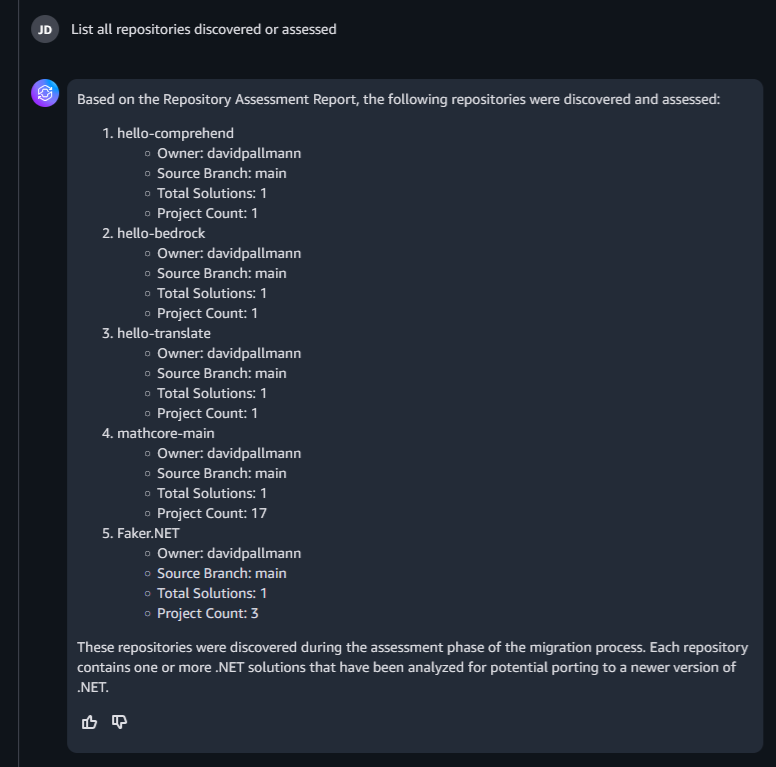
Figure 3: Querying assessment report about repositories discovered and assessed
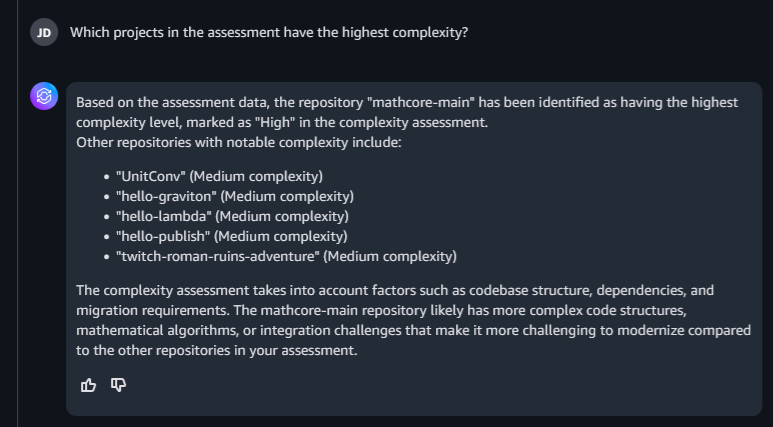
Figure 4: Querying assessment report about projects with high complexity
Transformation queries
After transformation finishes for a repository, or when the overall transformation job completes, a transformation report is available (Figure 5). The Dashboard tab shows the status of repositories (Figure 6), where the status will show as In-progress for repositories still being worked on, or Success or Failed for completed repositories.
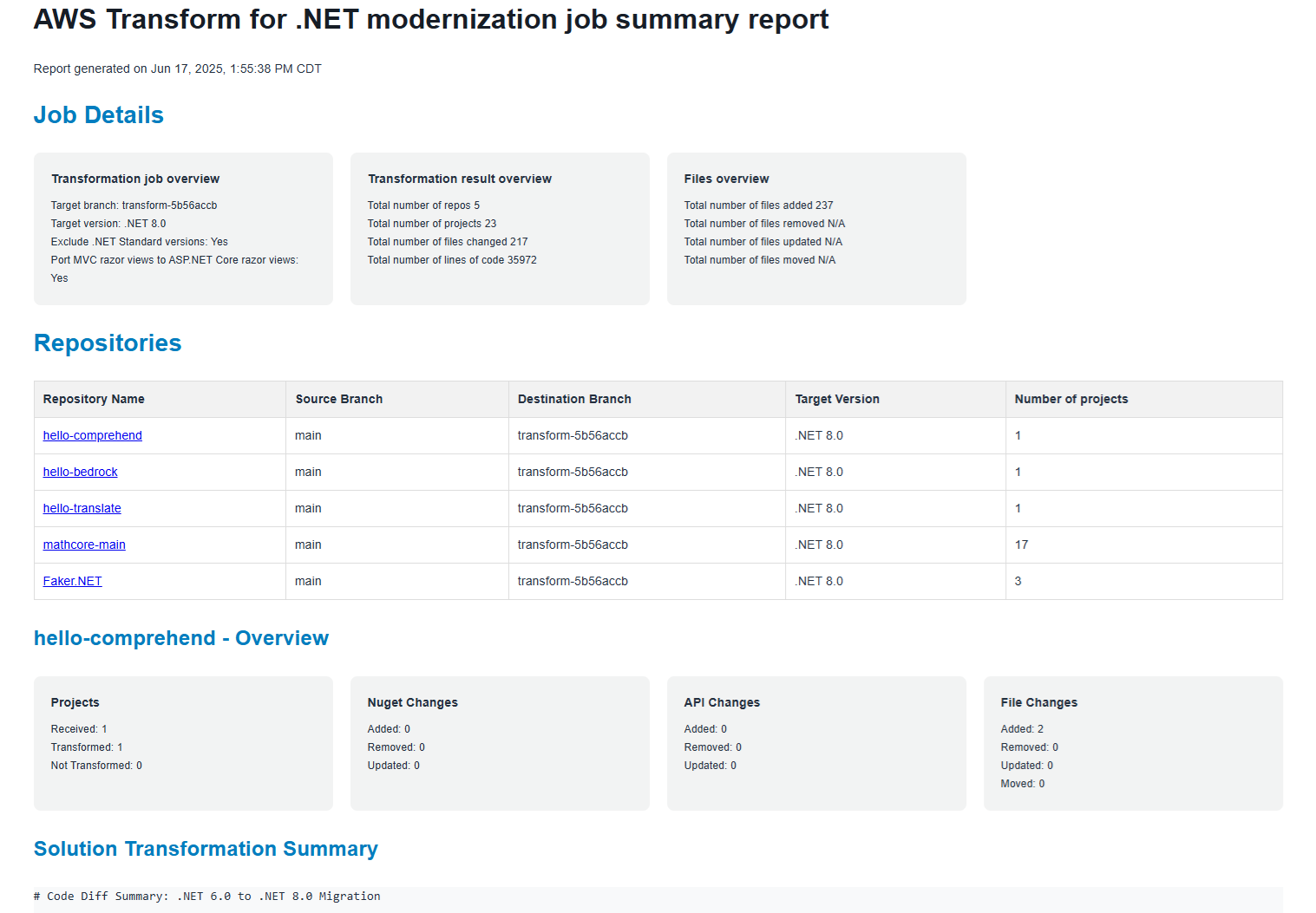
Figure 5: Transformation summary report (transformation-report.html)
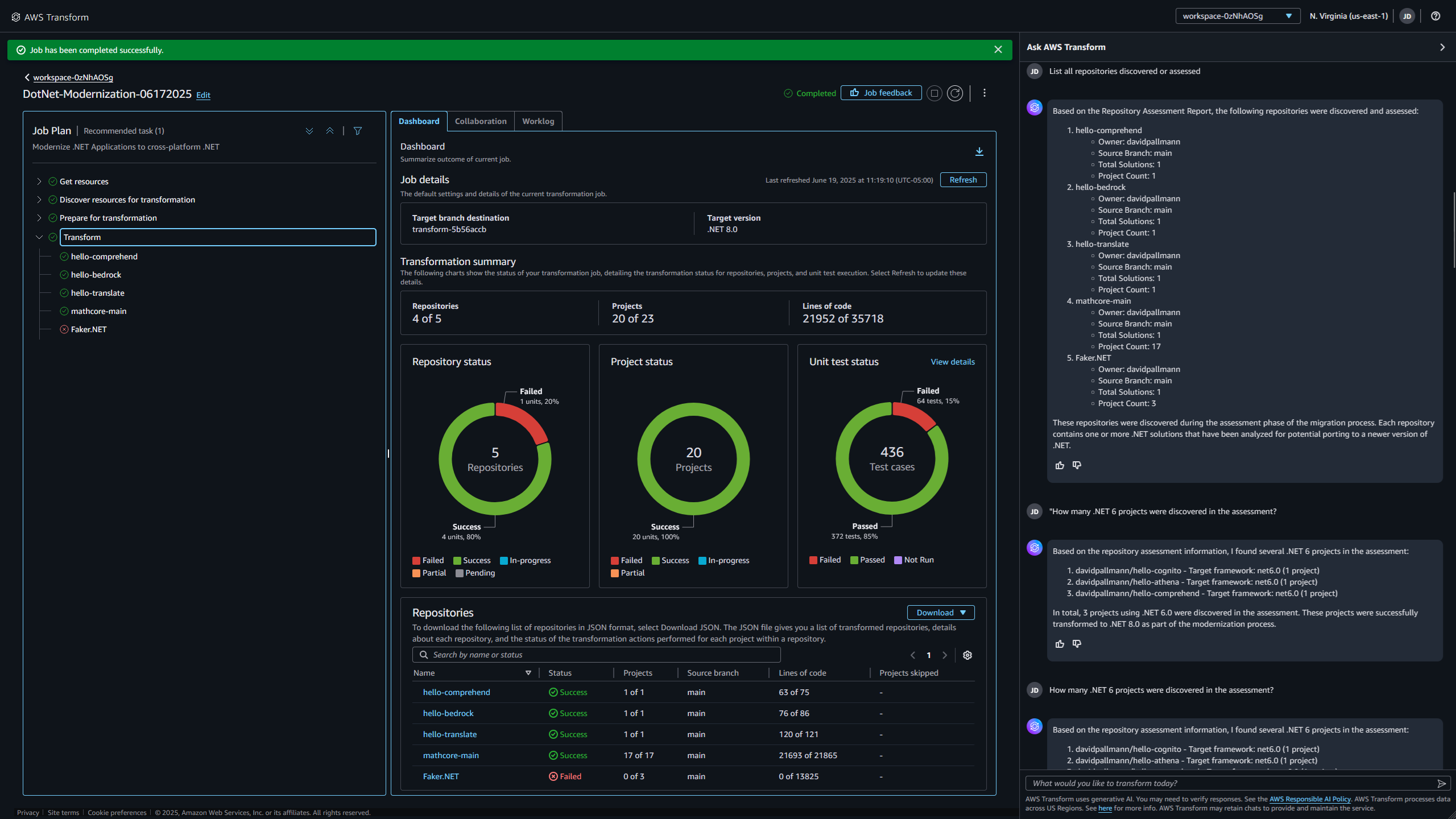
Figure 6: Dashboard showing transformation job complete
Now you can download the transformation report from the Dashboard tab or ask about it through chat. In the chat interface, enter queries such as these:
- Which projects were successfully transformed?
- Which projects were partially ported?
- What changes were made to the REPO-NAME repository?
- What packages were upgraded in the PROJECT-NAME project?
Let’s review some queries and responses. In the following example shown in Figure 7, I asked What changes were made to the hello-bedrock repository? The response explained the .NET 6 to .NET 8 version update, Bedrock SDK updates, improvements to project structure, and changes made for migration analysis. It also confirmed the transformation was successful.
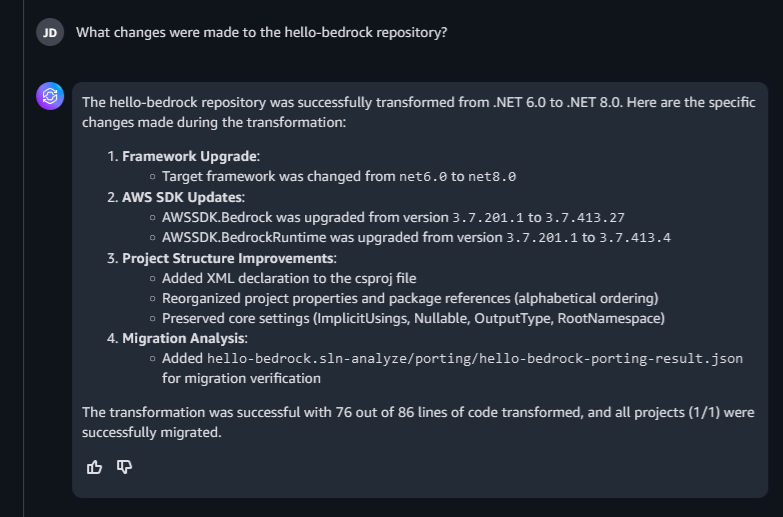
Figure 7: Transformation query about changes made to upgrade a .NET 6 project
In the next example (Figure 8), I asked the same question about a different repository: What changes were made to the mathcore-main repository? This is a .NET Framework 4.5 and .NET Standard 2.0 solution involving 17 projects. Here I received a lengthier response, because more work was done.
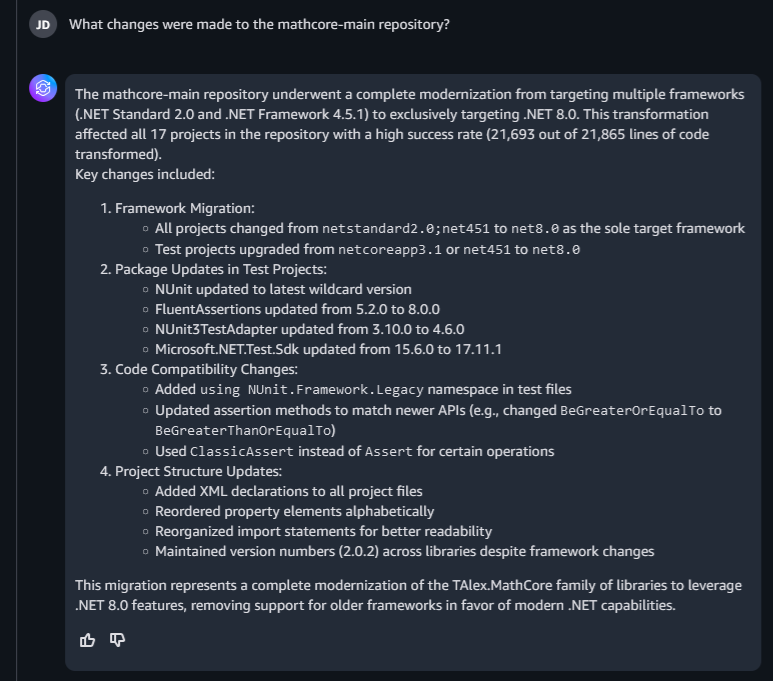
Figure 8: Transformation query about changes made to port a .NET Framework solution
In the third example (Figure 9), I asked about package upgrades to the mathcore-main project: What packages were upgraded in the mathcore-main project? The response explained the updates made to NUnit, FluentAssertions, and Microsoft.NET.Test SDK packages.
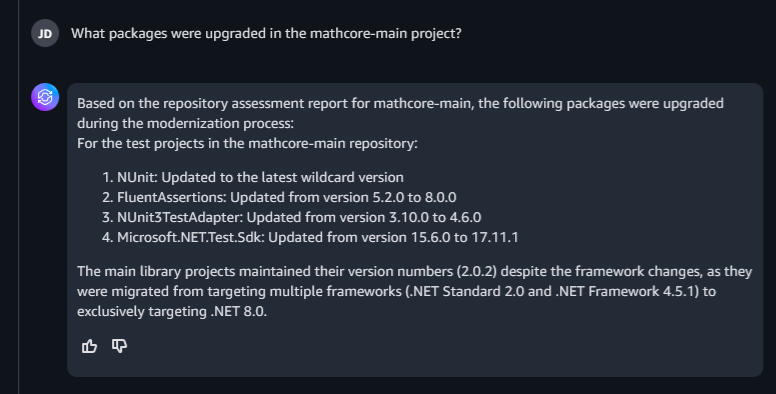
Figure 9: Transformation report query about packages upgraded
Providing Feedback
When AWS Transform chat doesn’t understand your query, you may receive a generic response. If that happens, try being specific, both about what you are looking for and whether you are asking about the assessment or the transformation report. It’s helpful to download the assessment and transformation reports to get familiar with the details they contain.
Help AWS make the chat experience better by providing feedback. Choose the thumbs up or thumbs down icon below a query response to indicate satisfaction or dissatisfaction, as shown in Figure 10. A prompt will appear for you to explain why. We appreciate you taking a moment to provide your feedback, which helps AWS make product improvements.
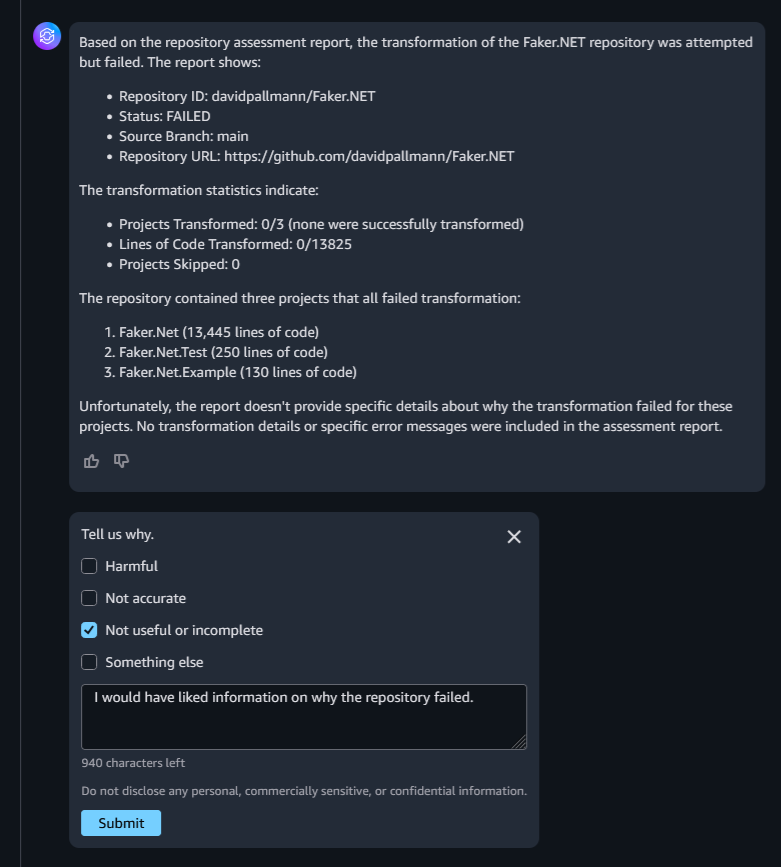
Figure 10: Providing feedback
Conclusion
In this post, we shared how to query AWS Transform for .NET for insights about transformation jobs. Use the web console’s natural language chat to discuss repository assessment and transformation reports. To learn more, refer to Transforming your .NET code in the AWS Transform User Guide. For an overview of AWS Transform for .NET, view the announcement blog post.